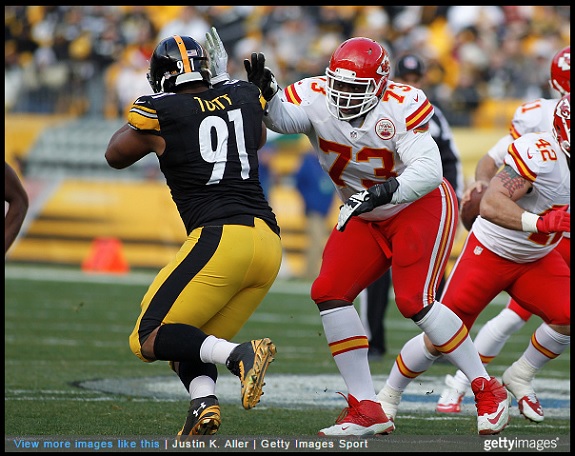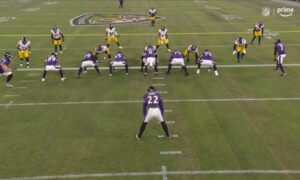Over the course of the past couple of years, the Pittsburgh Steelers have undergone an uncommon amount of change, which could have been largely correlated with the fact that the team had finished 8-8 in consecutive seasons while failing to advance to the postseason.
In deference to general manager Kevin Colbert, the attitude used to approach the offseason in those years was that this was an 8-8 team and these were 8-8 players. It’s little surprise that a lot of things changed during those years.
When it comes to the defensive line, the Steelers are hoping that the period of change ended late last year when they injected then-rookie defensive end Stephon Tuitt into the starting lineup for the last four games of the regular season.
The transition began in 2013 when the front office failed to extend nose tackle Casey Hampton a new contract; the year before, he was asked to accept a $3 million reduction in pay in order to retain his roster spot. Steve McLendon has been the featured player at nose tackle since then.
Cameron Heyward, the newly-signed franchise cornerstone, formally entered the starting lineup four games into the 2013 season, and cemented his place on the right side in 2014, hardly coming off the field and logging a team-high 7.5 sacks—with at least one more taken away due to a penalty.
The final piece of the puzzle, the Steelers are counting on, is Tuitt, drafted in the second round of the 2014 NFL Draft. That he entered the starting lineup at all as a rookie is rare, even if recent trends somewhat dispute that, but to do so along the defensive line in particular has been out of the ordinary.
With veteran Brett Keisel taking on a reduced, rotational reserve role last season, the Steelers hoped to rely on free agent signing Cam Thomas as a stop-gap option to start at defensive end. While he did start for most of the first three quarters of the year, he did so in a manner that has left him ill-regarded with the fan base, who remain chagrined due to his continued employment.
When Keisel went down with a season-ending, and likely career-ending injury in the 12th game of the season that landed him on injured reserve, the coaching staff used the opportunity to do some shuffling, promoting Tuitt into the starting lineup, while also giving more of the reserve nose tackle reps to Daniel McCullers.
Tuitt took a bit of time to adjust to the significant increase in playing time, and he certainly had his share of rookie moments, but he also flashed the obvious potential that the Steelers saw in him when they drafted him, highlighted by a key forced fumble in the penultimate game that sealed a date for the postseason.
With that rookie starting experience in tow, it’s time for Tuitt to take the reins and become the player that the team needs him to be. He is on an accelerated schedule in comparison to some of his predecessors, including Heyward, because the Steelers don’t have the luxury to bring him along slowly. He needs to be one of the guys from the get-go.








